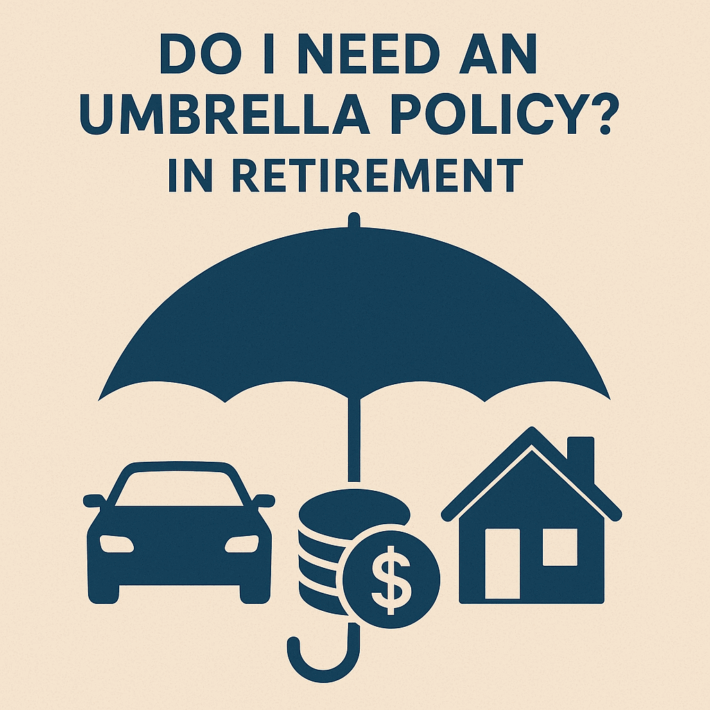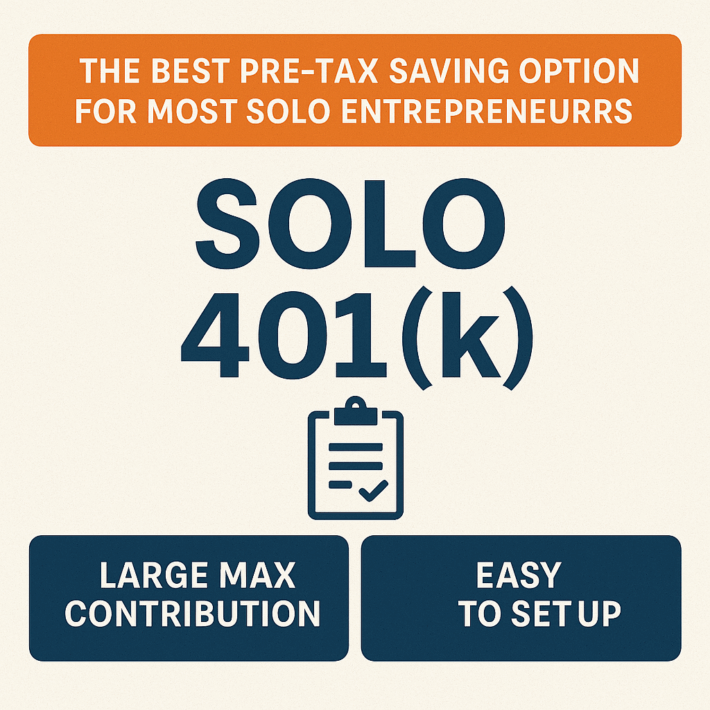Should You Save for Retirement Like Social Security Won’t Exist?

Let me cut to the chase: yes. And us planners have been recommending that for years.
You absolutely should plan for retirement like Social Security won’t be there for you. That’s not some alarmist, prepper-style rant—it’s just practical financial planning. If it’s there when you retire? Great. That’s a bonus. But if it’s not? You’ll be ready.
This isn’t a new idea. Honestly, since the 1980s, most serious retirees and good financial planners stopped treating Social Security like the bedrock of a retirement plan. The 1983 reforms were a flashing red light that lawmakers were already worried. That was over 40 years ago—and they’ve been quietly wringing their hands about it ever since.
Why Social Security Is Struggling (and Has Been)
Let’s break it down like this:
- Fewer babies are being born
- People are living longer
- Fewer workers are paying into the system per retiree
It’s the classic pension problem. These systems are pyramids—they work when there are lots of people at the base supporting fewer people at the top. Back in the day, that pyramid was sturdy. But it’s been squashed into a rectangle, and now it’s wobbling into something that looks more like an upside-down trapezoid.
When I explain this to clients, I usually sketch a triangle, then a square, then that weird inverted shape—and suddenly the lightbulb goes off. You can’t keep drawing from a system like this without tipping it over. It’s math.
What About All the Headlines?
Every couple of years, a headline flashes: “Social Security Is Going Broke.” And every time, people panic. But if you’ve worked with a financial planner who isn’t asleep at the wheel, you’ve already baked a reduction in benefits into your plan. This isn’t new. It’s just resurfacing.
Here’s what’s actually happening:
The OASI (Old-Age and Survivors Insurance) trust fund—the part of Social Security retirees actually care about—is expected to run dry by 2033. After that, unless something changes, the system will only be able to pay out about 79% of scheduled benefits. Not nothing, but not ideal.
And yet… most of my clients, once we factor in reduced benefits, still end up with a plan that works. Do they feel nervous at first? Of course. But after we run the numbers, most of them walk away breathing easier. They realize it’s not about having a perfect plan—it’s about having a realistic one.
“But Isn’t It Too Late for Me to Start?”
No. And I say that with every ounce of blunt Midwestern sincerity I can muster.
I’ve had people in their 50s sit across from me and sheepishly admit they haven’t saved much—thinking I’m going to scold them. I’m not their financial priest. I’m here to help them get moving.
Even if Social Security only covers 30–40% of your expected income—and then that gets trimmed by another 20%—you’re not out of the game. You might have to adjust your expectations, sure. But there are always levers to pull.
Maybe your next car lasts 10 years instead of 6. Maybe that dream Europe trip becomes a dream every-third-year trip. Or maybe you get a side hustle that ends up being kind of fun. But here’s the key: you won’t know unless you run a plan.
One of My Favorite Hidden Gems: HSAs
If you’re lucky enough to have access to a Health Savings Account and you’ve been letting it sit—good. Keep doing that.
Most people don’t realize just how powerful these things are:
- Tax-deductible going in
- Tax-deferred while growing
- Tax-free coming out if used for medical expenses
But here’s where it gets interesting: You don’t have to reimburse yourself right away. You can save up a shoebox of receipts (metaphorically, or actually—I’ve seen both) and tap that HSA years later, tax-free.
That’s money for future-you to use for medical expenses you already paid for. Try pulling that rabbit out of a Roth.
What If You’re Just Getting Started at 50+? Power Moves to Know
If you’re late to the game, you’re not benched. Here are a few aggressive but doable moves to help you catch up:
1. Max Out Catch-Up Contributions
If you’re over 50, Uncle Sam gives you permission to save more into your IRA or 401(k). Use it.
2. Work Longer—Strategically
Staying employed even a few more years has a triple benefit:
- More time to save
- Fewer years to cover with your savings
- Higher Social Security benefits if you delay
3. Revisit Your Risk Tolerance
If your portfolio is all cash and bonds, it might be time to dial in some growth. Not a casino trip—just a more thoughtful approach to risk.
4. Don’t Obsess Over Paying Off Cheap Debt
If you’re rushing to pay off a mortgage at 3% but haven’t saved anything for retirement… that’s a misfire. Invest the difference.
5. Be Intentional About Lifestyle Cuts
We’re not talking ramen noodles and cold showers. We’re talking about trade-offs: one less subscription, an extra year with the old car, a smarter vacation plan.
Don’t Panic and File Early
The gut reaction to bad Social Security news is: “I should file early before it gets worse.” But that’s like sprinting to the front of a collapsing bridge.
Here’s the truth:
Even if benefits are reduced, they’re likely to be reduced across the board. Filing early doesn’t shield you—it just locks in a lower benefit for life.
And let’s be real. No president, no matter how bold or blustery, wants to go down in history as the one who tanked retiree income. Even Trump, for all his scorched-earth tactics, wouldn’t touch Social Security benefits. Because it would’ve been political suicide.
One proposal I did find intriguing during his administration? Offering retirees a lump sum—essentially the present value of their benefits—upfront. That’s what private pensions started doing when they saw the pyramid flipping. It’s not a perfect fix, but it gives people options and takes pressure off the system long term. It’s like paying off a mortgage early: less flexibility now, but big savings over time.
Bottom Line: Use Social Security as a Cushion, Not a Crutch
If Social Security stays intact, great. You’ll be pleasantly surprised. If it’s reduced? You’ll be ready. And if it dramatically changes? You’ll still have options.
Here’s what I tell every client:
Plan like it won’t be there. And then be pleasantly surprised if it is.
If that means working a little longer, changing your risk profile, or squeezing a little more value out of every dollar, so be it. That’s not failure—that’s maturity.
The people who do best in retirement aren’t the ones who made the most money. They’re the ones who made the most of the money they had.



